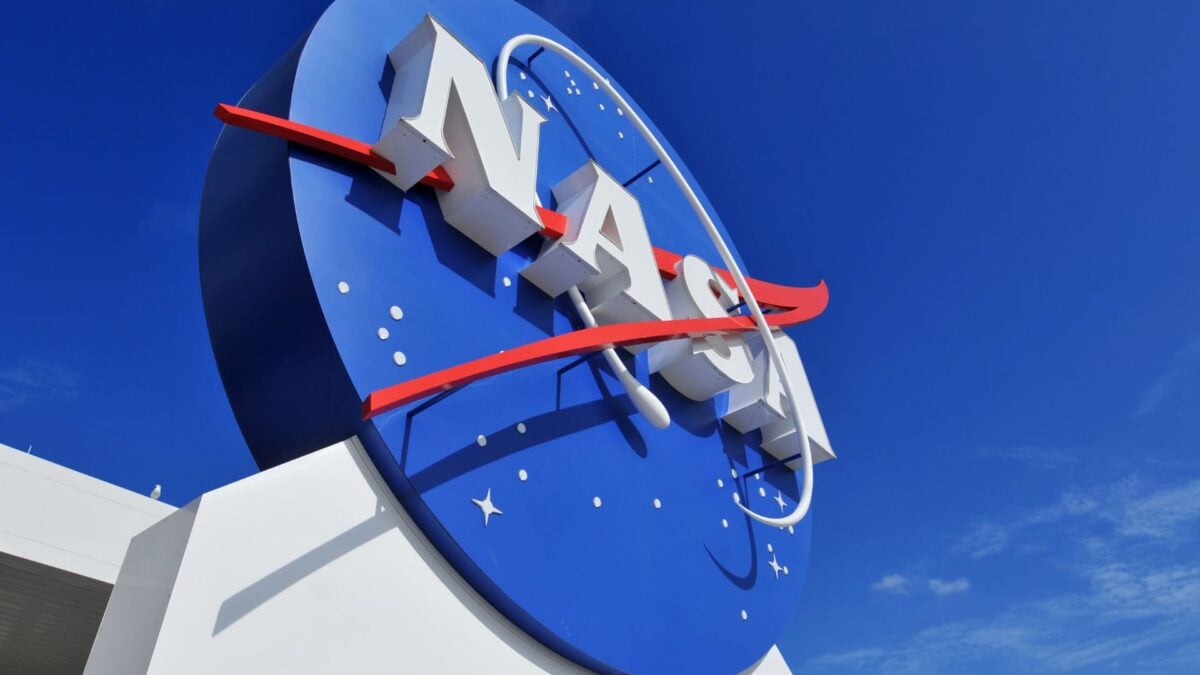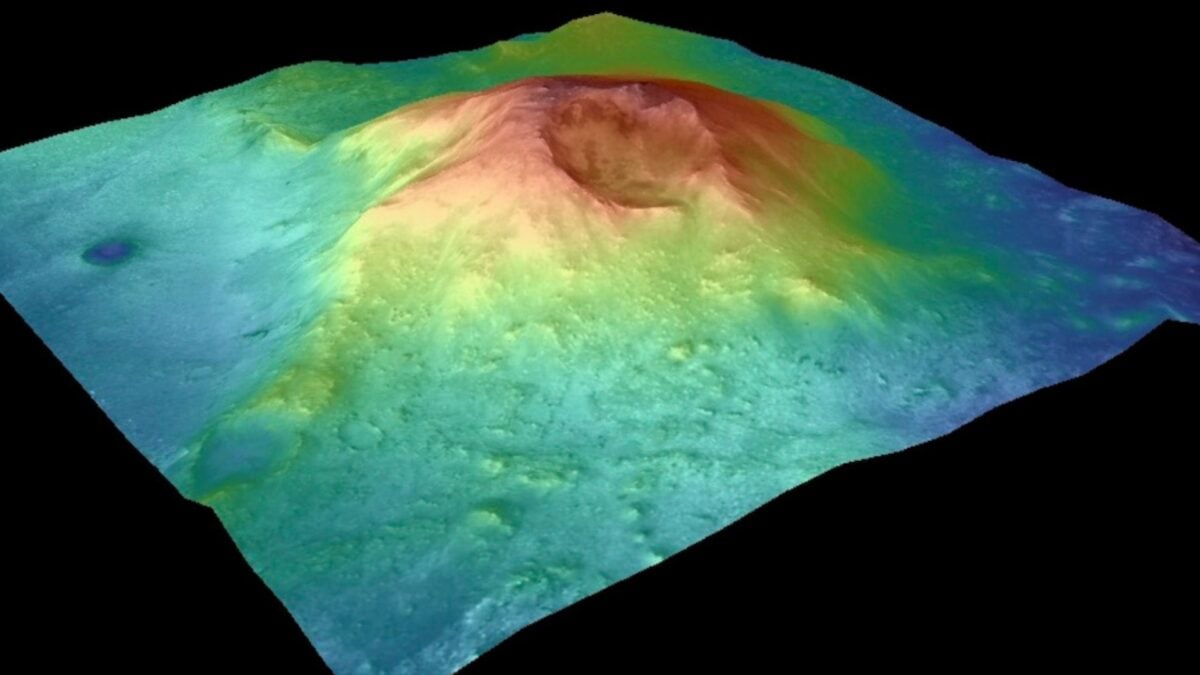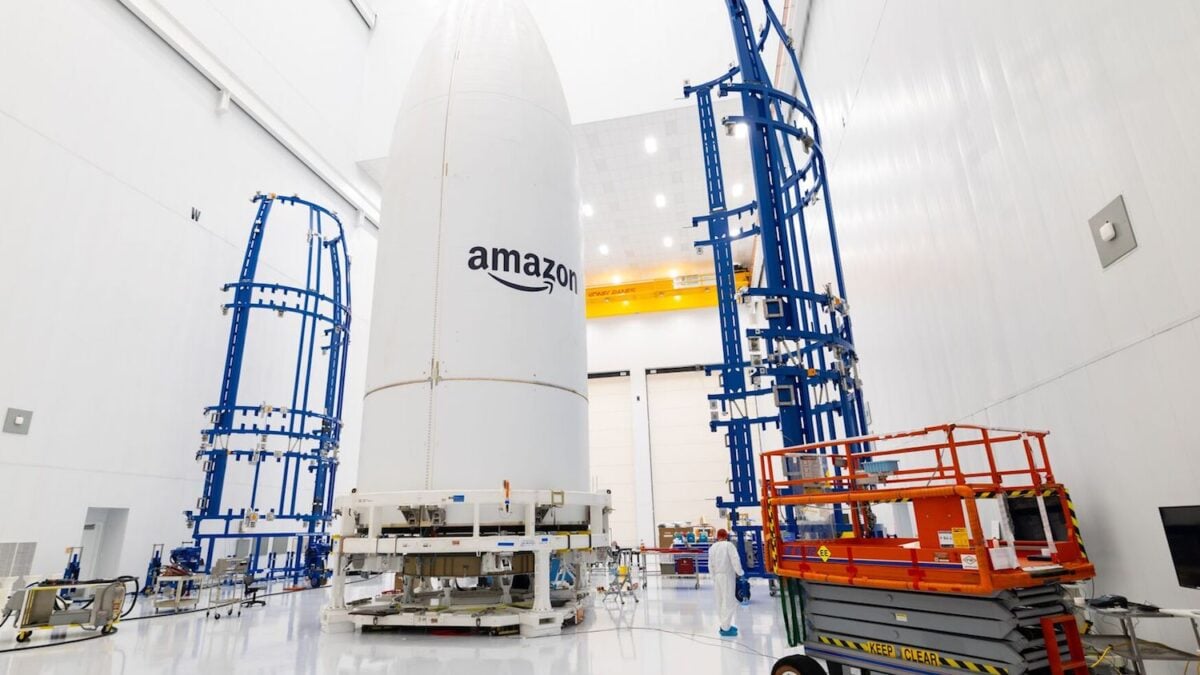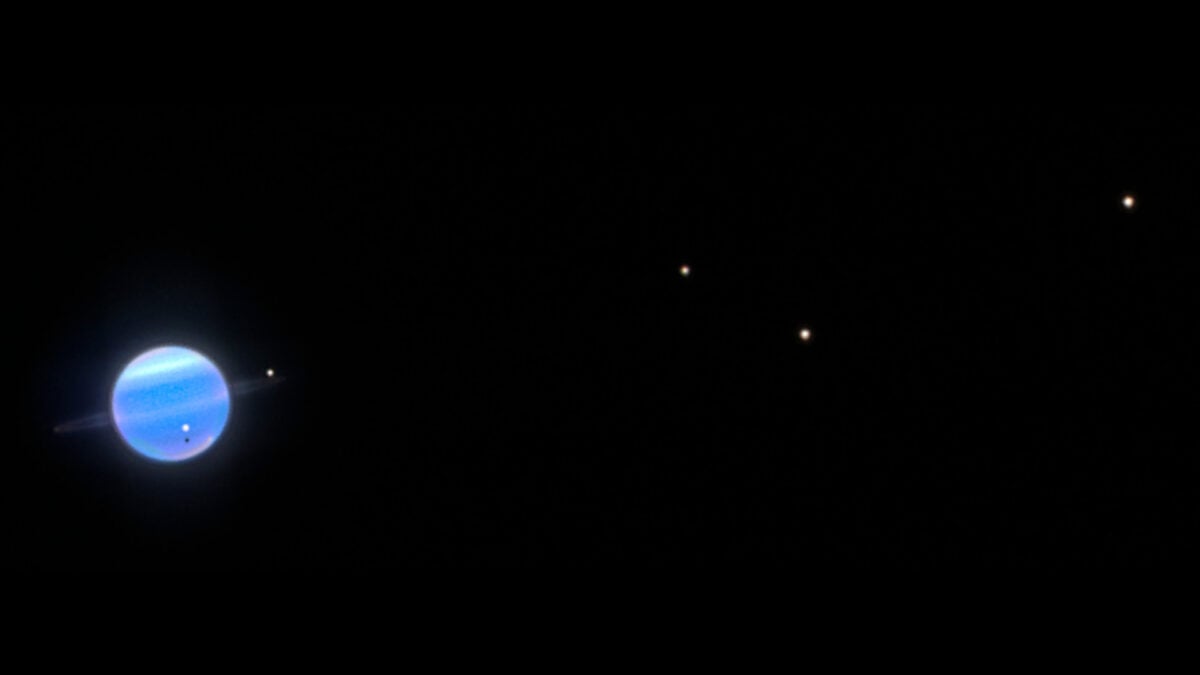Two Chinese satellites, Shijian-21 and Shijian-25, are poised for a groundbreaking rendezvous in geostationary orbit. This experimental docking aims to demonstrate China’s satellite refueling capabilities, a critical step for extending spacecraft longevity, and has captured the close attention of U.S. surveillance.
China’s Ambitious GEO Refueling Maneuver
This week, Chinese satellites Shijian-21 and Shijian-25 are set for a landmark docking in geostationary orbit (GEO) for China’s first on-orbit refueling test, according to space situational awareness company COMSPOC. Developed by the Shanghai Academy of Spaceflight Technology, a subsidiary of the China Aerospace Science and Technology Corporation, this “space gas station” aims to extend satellite longevity. Shijian-21, launched in 2021, previously demonstrated its capabilities by towing a defunct Beidou-2 G2 navigation satellite to a graveyard orbit, as SpaceNews reported. Shijian-25 was launched in January this year.
Fueling Longevity Amidst Strategic Watch
Shijian-21, once thought depleted of fuel, has reactivated to meet Shijian-25 for this crucial in-orbit satellite refueling. Universe Today reports Shijian-25 will transfer approximately 313 pounds (142 kilograms) of hydrazine, potentially adding eight years to Shijian-21’s operational life. This display of advanced space servicing technology has prompted U.S. observation, with the Pentagon concerned about dual-use capabilities. Two U.S. surveillance satellites, USA 270 and USA 271, part of the Geosynchronous Space Situational Awareness Program, are monitoring. COMSPOC noted their proximity “adds complexity to the local SSA picture — and raises strategic awareness concerns.”
Global In-Orbit Servicing Efforts
China’s test is part of a growing global focus on satellite life extension technologies. The U.S. has prior success: Northrop Grumman’s 2019 commercial refueling extended a satellite’s life by five years. The U.S. Space Force is also advancing with upcoming orbital refueling tests, Tetra-5 and Tetra-6, using commercial technology and suppliers.
The U.S. will continue to observe this significant Chinese orbital maneuver from a safe distance. This test underscores the increasing importance of in-orbit servicing and refueling for future space operations and highlights the strategic competition in developing these critical space technologies.











